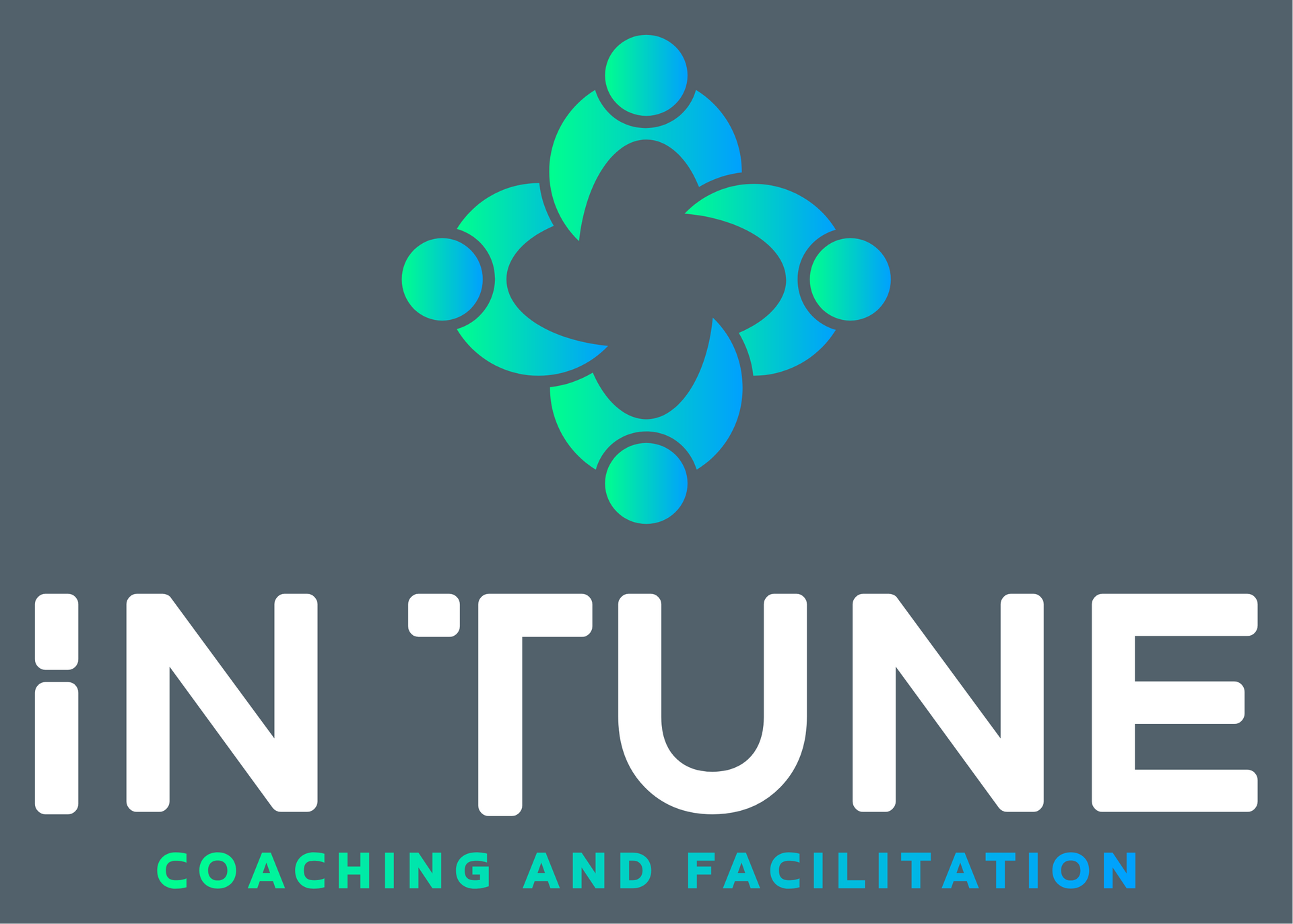How to Design a Winning Day at Work Using Habits
"Habits are the compound interest of self-improvement." — James Clear

What if you could go from surviving the daily grind to crushing it at work, simply by changing your habits? The Power of Habit by Charles Duhigg offers actionable insights to help you unlock the power of routines and transform your workday into a productivity powerhouse.
Let’s dive into how you can build a winning day at work, one habit at a time!
1. Master the Habit Loop: Cue, Routine, Reward
All habits follow a predictable pattern: Cue → Routine → Reward. At work, this loop can determine whether you succeed or stay stuck.
Here’s how to create better work habits:
- Cue: Pick an obvious trigger. For example, opening your laptop in the morning can be the cue for starting your planning process.
- Routine: Replace distracting behaviors with productive ones. Instead of checking emails or social media first thing, write down your top 3 priorities for the day.
- Reward: Choose a positive, immediate reward. For example, sipping a great cup of coffee can reinforce the productivity boost of planning.
By consciously engineering your cue-routine-reward loop, you can eliminate bad habits and build ones that set you up for success!
2. Start with Keystone Habits
Keystone habits are high-impact routines that trigger positive changes in all other areas of your day. For example:
- Morning Exercise: Boosts energy and mental clarity to tackle work challenges with focus.
- Planning Your Day: Writing a to-do list helps you prioritize and finish the most important tasks.
- Regular Reviews: Reflecting on your wins and challenges at the end of the day helps you stay aligned with long-term goals.
Key Insight: You don’t need to overhaul everything at once. Start with one keystone habit that has a ripple effect on your work performance!
3. Use the Golden Rule of Habit Change
Bad habits can feel hard to quit, but the key is not to eliminate them—it’s to replace them. Keep the same cue and reward but change the routine.
Example:
- Old Habit: Feeling stressed triggers eating junk food, which rewards you with temporary relief.
- New Habit: When stress hits, take a 5-minute walk instead. The reward? Feeling energized and focused without the guilt of unhealthy eating.
At work, this could mean swapping procrastination (e.g., scrolling through social media) with short bursts of focused work followed by a break.
4. Build Momentum with Small Wins
Big changes often feel overwhelming. Instead, focus on achieving consistent small wins. For example:
- Tackle one key task before 10 AM to build momentum for the rest of the day.
- Check off smaller tasks to motivate yourself for bigger challenges.
- Celebrate completing tasks with small, satisfying rewards like a little treat or a five-minute break.
These small victories give you the confidence to take on larger, more ambitious projects.
5. Create Social Accountability
Looking to stay consistent with your new habits? Involve your coworkers or team. Social habits are powerful because they leverage community support to sustain change.
- Share your goals with a colleague for extra accountability.
- Join or form a workplace routine, like a daily stand-up meeting or team coffee break.
- Celebrate wins together, whether it’s finishing a major project or achieving a team milestone.
When others are involved, commitment and follow-through become easier and more enjoyable.
6. Adapt with Flexibility
Workdays are unpredictable, and challenges will test your habits. Whether it’s an unexpected meeting or a crisis, the key is adaptability. If your usual routine is disrupted, pivot to a backup plan.
For example:
- If your morning planning time gets interrupted, take five minutes during lunch to reset.
- Missed your midday walk? Try an evening stroll to decompress after work.
Remember, habit-building isn’t about perfection—it’s about progress. Stay flexible and keep moving forward.
A Winning Day at Work in 5 Steps
Here’s how you can structure your workday for success:
- Start Strong: Use a morning ritual like exercise or planning to kickstart your day.
- Focus First: Tackle the hardest or most important task early when your energy is highest.
- Take Breaks: Use habits like short walks or mindfulness to stay sharp throughout the day.
- Celebrate Wins: Recognize progress, even on small tasks, to keep yourself motivated.
- Reflect: End the day by reviewing what went well, what didn’t, and how tomorrow can be even better.
Final Thoughts: Small Habits = Big Change
Workplace success isn’t about pulling all-nighters or hustling harder—it’s about playing smarter. By understanding how habits work and consciously designing your day, you can move from overwhelmed to in control.
Start small. Experiment with one habit at a time. Over time, these small changes will compound into big results, turning every workday into a winning day.
Recommended Reading List
If you enjoyed the concepts in The Power of Habit, these books may further enhance your understanding of habits and productivity:
- Atomic Habits by James Clear
- Deep Work by Cal Newport
- Essentialism by Greg McKeown
- Make Time by Jake Knapp & John Zeratsky
- Think Fast and Slow by Daniel Kahneman
Stay Tuned with Tune In: Your Go-To for Inspiration and Personal Growth
Join the In Tune community and get exclusive updates on our latest blog posts straight to your inbox! ✨
From mindfulness tips to insights on living a more fulfilling life, we’ve got the tools to help you tune into your best self.
Sign up today and never miss a beat! 🎶




